Incredible drug submarines from Colombia
A week ago, I introduced you to the incredible drug tanks , but if you think that it was the top of the engineering genius of cartels, then I will disappoint you. Meet me! Narco submarines straight from tropical Colombia! And if you think that these are floating buckets - you are mistaken. Cocaine, or the desire to sell it in the United States, works wonders.
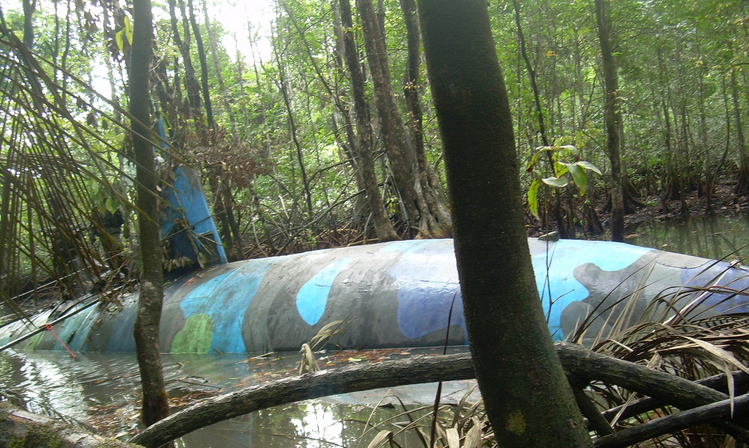
Colombians began to use submarines to transport cocaine back in the nineties, but the US Coast Guard first managed to capture such a submarine only in 2006. Earlier, in 2000, Colombian security forces were able to find one very interesting submarine under construction. Against the standard 3-10 tons of carrying capacity, a captured instance could carry up to 200 tons of cocaine on board. At the time of detection, the boat was already 50% ready.
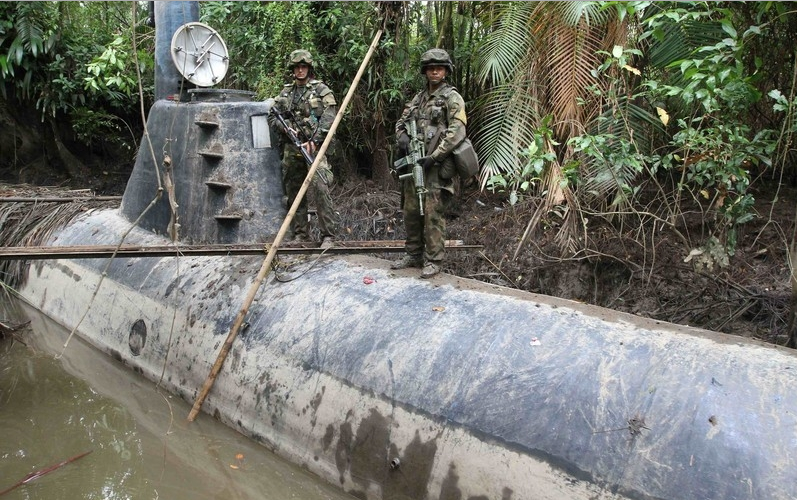
One of the captured submarines.
Now clandestine shipyards are constantly searching.
Submarines standing on the “armament” of cartels can be divided into three types:
Depending on the complexity of the design and purpose, submarines are divided into reusable and disposable. The latter are thrown ashore, or flooded after delivery of the goods.
The construction of submarines occurs most often in estuaries, under the guise of Colombian rainforests. But this is not the only reason why finding them is not easy. Colombian drug dealers are very cautious and the intelligence services of the United States, Colombia and Mexico, to which a significant part of cocaine is transported with the help of these devices, cannot build a stable agent network that would "merge" relevant information in sufficient quantities.
According to some reports, the US and Mexican coast guards only manage to catch up to 20% of the submarines, the rest successfully reach their destination. So what is the problem?
The production of drug submarines takes place in artisanal conditions, without annoying GOSTs and quality control. Therefore, without a twinge of conscience, light and affordable composite materials, plastic, fiberglass are used. Such "engineering solutions" make the submarine, made on the basis of a wooden fishing boat, completely invisible to radar. Most units used by Colombians can’t go under water entirely, but it’s almost impossible to notice the cabin sticking out in the water, painted in gray, against the horizon.
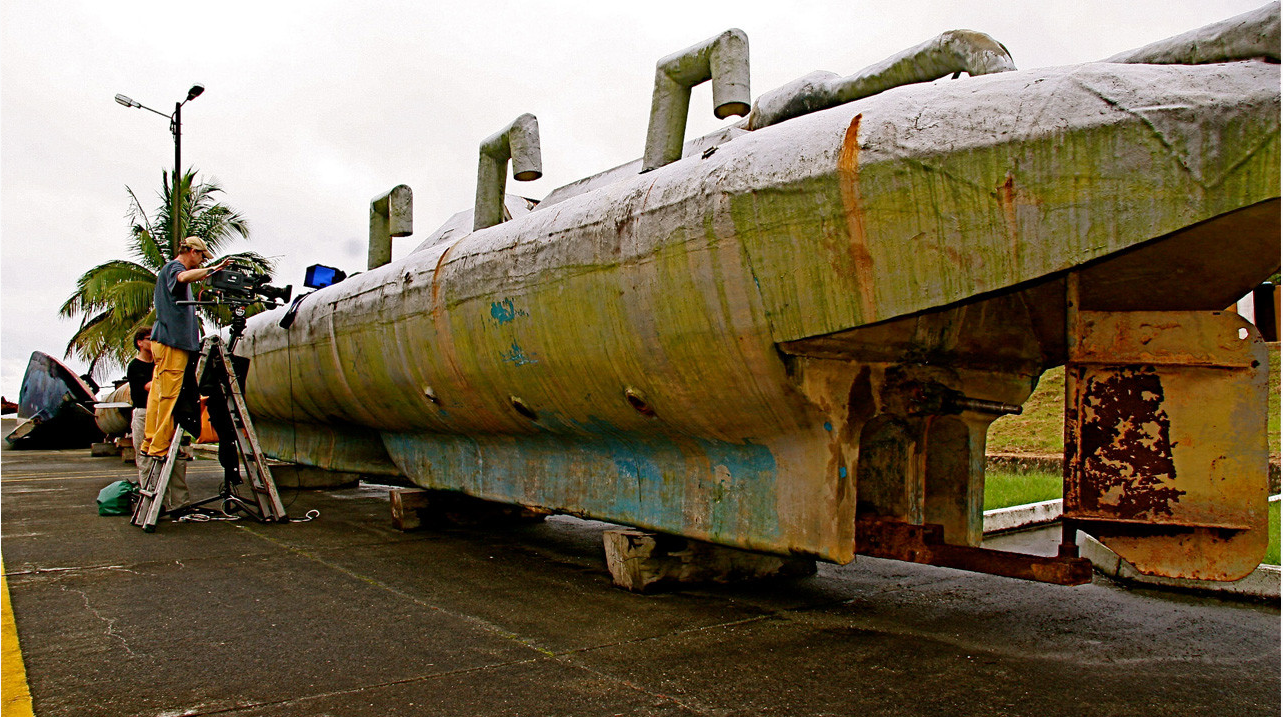
Pay attention to the hull materials.
The main enemy of the submarines are air patrols, but there is a solution for this. Many devices, subject to immobility, can be immersed to a depth of 9m, which makes them invisible under the thickness of water and from the air.

The construction of a device with a length of 15 meters and a payload of ~ 10 tons costs about $ 1-2 million. The main cost is not materials, they are just cheap, but their delivery to the shipyard. Since cocaine production is often located nearby the submarine’s construction site, you have to pay a lot for the delivery of each nut, including the silence of couriers (if you kill them, there will soon be no people left in Colombia). The cost of building a submarine is lost for the potential gains from cocaine delivery, but there are logistical problems, and the government promises substantial rewards for any information about clandestine shipyards in the jungle.
Separately, it is worth highlighting drug torpedoes, that is, towed uninhabited vehicles. The carrying capacity is usually not more than two tons, it is almost impossible to detect them, but there are a number of problems with the delivery of the “torpedo” to the destination.
Initially, the torpedo is towed by three vessels, each of which has its own role. The first boat is a scout, leading ahead and reporting potential threats in the form of patrols. Behind it is a towing vessel pulling a torpedo 100-200m long, submerged under water to a depth of ten meters, that is, it is impossible to detect it from the air. The third is the “safety net” ship. If a scout notices a coastal patrol, or any other threat, the torpedo is flooded to a depth of 60 meters, and a GPS beacon disguised as a log remains on the surface. Ships continue to move.
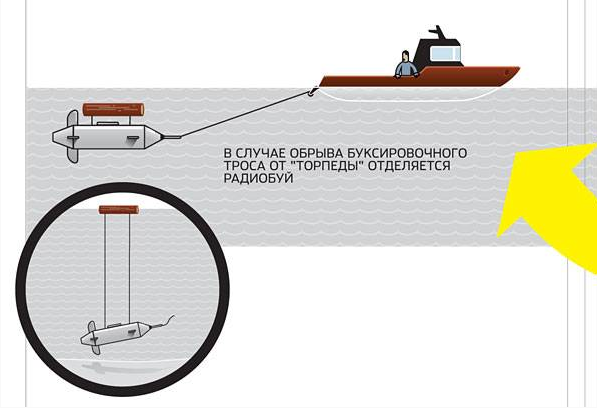
After the patrol passes by, the "safety vessel" trawles the torpedo and changes roles with the second, continuing towing. When approaching the coast, a torpedo is most often unloaded onto a local “receiving side” vessel, or sets off on its own and remotely controlled, and upon arrival at the destination it is met by specially trained people. After unloading the torpedo is flooded.
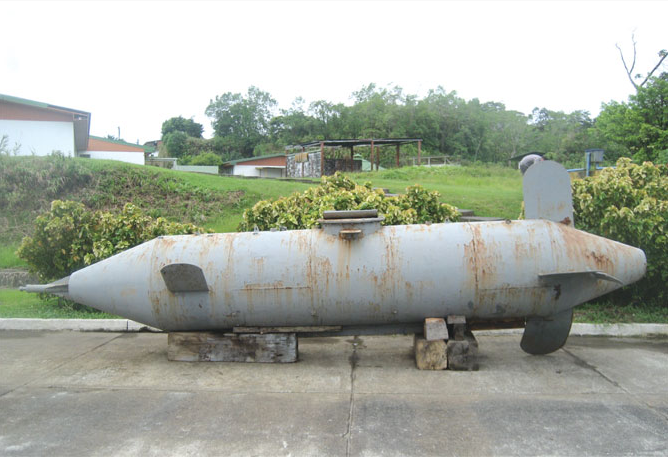
Narcotorpeda
With the development of technology and the accumulation of experience, drug-submarines become more perfectyear after year. One of the last captured models was strikingly like a factory submarine. It was equipped with a control cabin, a bathroom (it is not on ordinary drug submarines, which turns the flight into hell) and even air conditioning. A couple of years ago, one of the Colombian drug submarines was detained off the coast of Spain with a cargo of cocaine on board. The geography of direct delivery routes is expanding, and cartels are looking for more and more new ways of transporting drugs.

Colombians began to use submarines to transport cocaine back in the nineties, but the US Coast Guard first managed to capture such a submarine only in 2006. Earlier, in 2000, Colombian security forces were able to find one very interesting submarine under construction. Against the standard 3-10 tons of carrying capacity, a captured instance could carry up to 200 tons of cocaine on board. At the time of detection, the boat was already 50% ready.

One of the captured submarines.
Now clandestine shipyards are constantly searching.
Submarines standing on the “armament” of cartels can be divided into three types:
- Semi-submersible boats;
- Uninhabited underwater vehicles;
- Full-fledged submarines.
Depending on the complexity of the design and purpose, submarines are divided into reusable and disposable. The latter are thrown ashore, or flooded after delivery of the goods.
The construction of submarines occurs most often in estuaries, under the guise of Colombian rainforests. But this is not the only reason why finding them is not easy. Colombian drug dealers are very cautious and the intelligence services of the United States, Colombia and Mexico, to which a significant part of cocaine is transported with the help of these devices, cannot build a stable agent network that would "merge" relevant information in sufficient quantities.
According to some reports, the US and Mexican coast guards only manage to catch up to 20% of the submarines, the rest successfully reach their destination. So what is the problem?
The production of drug submarines takes place in artisanal conditions, without annoying GOSTs and quality control. Therefore, without a twinge of conscience, light and affordable composite materials, plastic, fiberglass are used. Such "engineering solutions" make the submarine, made on the basis of a wooden fishing boat, completely invisible to radar. Most units used by Colombians can’t go under water entirely, but it’s almost impossible to notice the cabin sticking out in the water, painted in gray, against the horizon.

Pay attention to the hull materials.
The main enemy of the submarines are air patrols, but there is a solution for this. Many devices, subject to immobility, can be immersed to a depth of 9m, which makes them invisible under the thickness of water and from the air.

The construction of a device with a length of 15 meters and a payload of ~ 10 tons costs about $ 1-2 million. The main cost is not materials, they are just cheap, but their delivery to the shipyard. Since cocaine production is often located nearby the submarine’s construction site, you have to pay a lot for the delivery of each nut, including the silence of couriers (if you kill them, there will soon be no people left in Colombia). The cost of building a submarine is lost for the potential gains from cocaine delivery, but there are logistical problems, and the government promises substantial rewards for any information about clandestine shipyards in the jungle.
Separately, it is worth highlighting drug torpedoes, that is, towed uninhabited vehicles. The carrying capacity is usually not more than two tons, it is almost impossible to detect them, but there are a number of problems with the delivery of the “torpedo” to the destination.
Initially, the torpedo is towed by three vessels, each of which has its own role. The first boat is a scout, leading ahead and reporting potential threats in the form of patrols. Behind it is a towing vessel pulling a torpedo 100-200m long, submerged under water to a depth of ten meters, that is, it is impossible to detect it from the air. The third is the “safety net” ship. If a scout notices a coastal patrol, or any other threat, the torpedo is flooded to a depth of 60 meters, and a GPS beacon disguised as a log remains on the surface. Ships continue to move.

After the patrol passes by, the "safety vessel" trawles the torpedo and changes roles with the second, continuing towing. When approaching the coast, a torpedo is most often unloaded onto a local “receiving side” vessel, or sets off on its own and remotely controlled, and upon arrival at the destination it is met by specially trained people. After unloading the torpedo is flooded.

Narcotorpeda
With the development of technology and the accumulation of experience, drug-submarines become more perfectyear after year. One of the last captured models was strikingly like a factory submarine. It was equipped with a control cabin, a bathroom (it is not on ordinary drug submarines, which turns the flight into hell) and even air conditioning. A couple of years ago, one of the Colombian drug submarines was detained off the coast of Spain with a cargo of cocaine on board. The geography of direct delivery routes is expanding, and cartels are looking for more and more new ways of transporting drugs.
